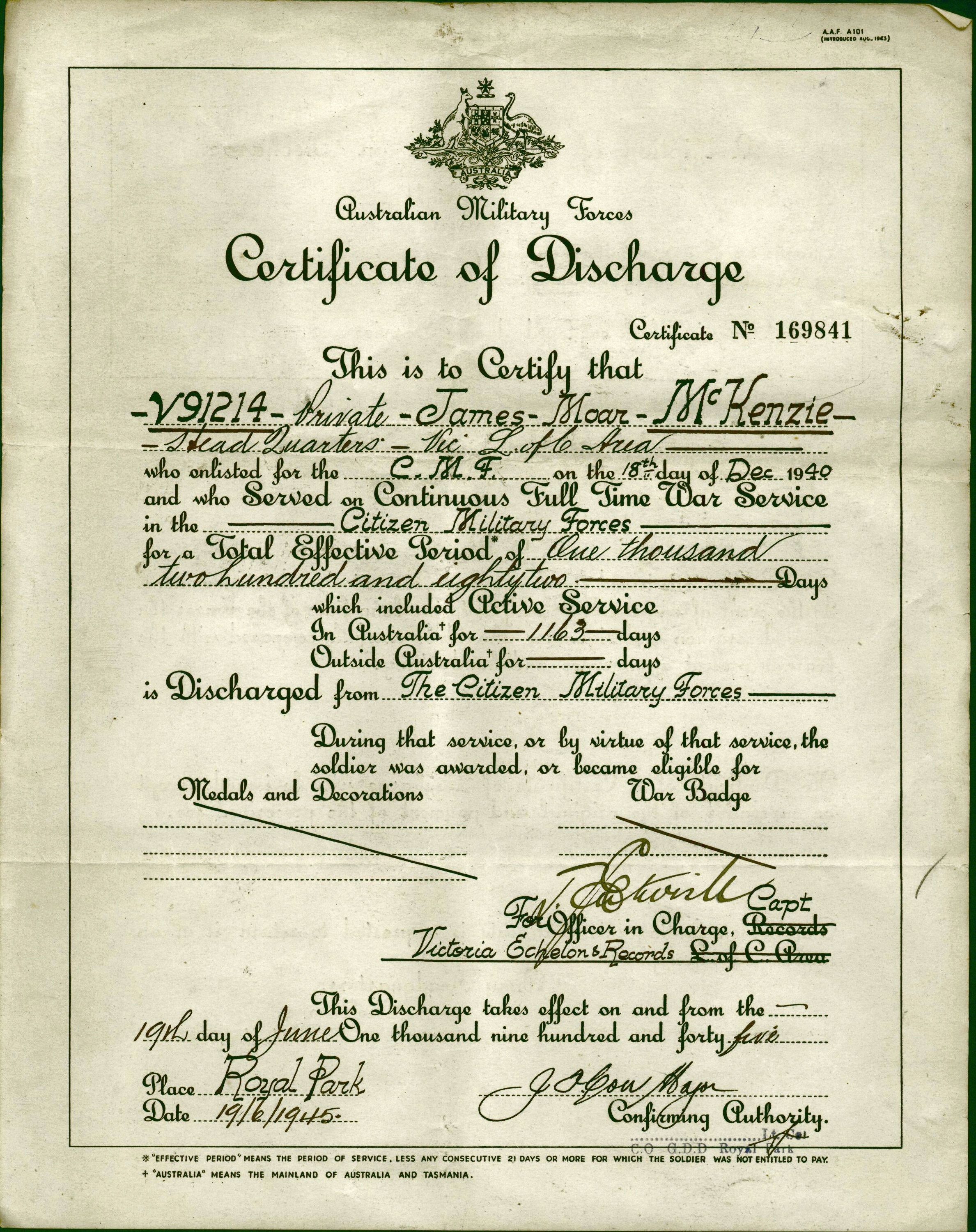
Introduction to the Workforce Reductions
In 2025, the U.S. Department of Veterans Affairs (VA) is set to undergo significant workforce reductions as part of a broader federal downsizing initiative initiated by the Trump administration. This initiative reflects a fundamental shift in government operations aimed at reducing expenditures and enhancing efficiency within public service sectors. The strategic move has garnered attention due to its potential impact on the VA, an organization heavily relied upon by millions of veterans across the country.
The workforce reductions at the VA are influenced by various factors, including the overall restructuring objectives put forth by the Department of Government Efficiency (DOGE), which operates under the leadership of Elon Musk. This department is tasked with implementing innovative solutions aimed at streamlining government functions while maximizing resource allocation. By merging technology with administrative operations, DOGE seeks to facilitate a government more responsive to the needs of its constituents, particularly the veterans that the VA serves.
As the VA prepares for these upcoming changes, it is essential to comprehend the dual implications of workforce reduction tactics: the need for fiscal responsibility and the underlying ethical considerations associated with significantly decreasing personnel dedicated to veteran care and assistance. The implementation of such reductions raises questions regarding the continued capacity of the VA to meet the healthcare and service demands of veterans effectively, particularly in light of the complexities introduced by evolving policies and funding limitations.
Thus, as discussions unfold regarding the workforce reductions at the VA, stakeholders must consider not only the financial implications but also how these changes may redefine the relationship between government services and the veteran population. This section serves as a foundation to explore the intricacies of the VA’s workforce adjustments and the implications they may carry for the future of veteran services in the United States.
Background on the U.S. Department of Veterans Affairs
The U.S. Department of Veterans Affairs (VA) is a crucial federal agency responsible for providing comprehensive support and assistance to military veterans. Established in 1930, the VA was formed to consolidate the various veterans’ programs that existed at the time, ensuring a more streamlined approach to services. Over the decades, the department has evolved to meet the changing needs of veterans, focusing on health care, benefits, and administrative services aimed at enhancing the quality of life for those who have served in the armed forces.
The mission of the VA encompasses a broad range of services, including medical care, disability compensation, pensions, education benefits, and housing assistance. These services are vital, as they aim to address the unique challenges that veterans face, such as mental health issues, physical disabilities, and reintegration into civilian life. By providing these essential services, the VA plays a significant role in honoring the sacrifices made by veterans and ensuring they receive the necessary support during and after their service.
The significance of the VA extends beyond just the services it offers; it reflects the nation’s commitment to its veterans. As an integral part of public policy, the department works closely with various stakeholders, including veterans’ organizations, healthcare providers, and advocacy groups, to enhance the quality and accessibility of care. The changes in workforce dynamics within the VA can have profound implications on the delivery of these services. As the workforce at the VA faces reductions, it is imperative to comprehend the potential impact on veterans and their access to vital resources, as any reductions in personnel can affect timely care and support. Understanding this background is essential for appreciating the importance of maintaining a robust workforce to adequately serve the veteran community.
Motivation Behind the Reductions
The workforce reductions at the U.S. Department of Veterans Affairs (VA) in 2025 stem from a complex interplay of financial necessity, operational efficiency mandates, and strategic administration goals. As the federal government faces mounting budgetary constraints, the VA has been compelled to reassess its resource allocation. This examination has revealed a growing need for fiscal prudence, prompting reductions aimed at lowering overall operational costs while still aiming to deliver essential services to veterans.
Another significant factor behind these reductions is the federal government’s overarching mandate to improve efficiency across all departments. The VA has been under scrutiny to streamline its processes, remove redundancies, and ensure that taxpayers’ funds are utilized more effectively. As a result, the agency is adjusting its workforce in alignment with these directives. This shift may entail re-evaluating roles, consolidating job functions, and employing technology to enhance service delivery without the necessity of a larger workforce.
Moreover, the current administration has set specific goals for the VA that emphasize accountability and performance metrics. These objectives are designed to increase transparency and address the ongoing backlog in claims processing and healthcare delivery. The reduction of personnel aligns with initiatives aimed at creating a more focused workforce that can better meet these goals. However, the implications of these changes raise concerns about potential impacts on the quality of services provided to veterans. Any workforce reduction must be managed carefully to ensure that the needs of veterans continue to be met effectively.
In analyzing the complex motivations behind these significant workforce reductions, it becomes clear that the VA is striving to balance financial constraints, governmental mandates for efficiency, and its commitment to serving veterans in a challenging fiscal environment.
Projected Impact on VA Services
The proposed reduction of 80,000 positions within the U.S. Department of Veterans Affairs (VA) in 2025 raises significant concerns regarding the future quality and availability of services provided to veterans. This workforce reduction is likely to create a ripple effect, impacting the delivery of essential healthcare, benefits, and support services that veterans rely on for their well-being.
One of the primary challenges expected from this downsizing is an increase in waiting times for healthcare appointments. With fewer staff available to assist veterans, the time required to schedule and receive care will likely extend. Veterans who already experience delays in accessing medical services may find it challenging to secure timely consultations or treatment, further exacerbating their health issues. Moreover, existing staff may become overwhelmed as they strive to maintain the standard of care with diminished resources, potentially resulting in burnout and decreased morale.
In addition to healthcare services, the classification and processing of benefits claims could be severely hampered. The current backlog of claims already presents difficulties for veterans seeking disability benefits or other entitlements. With a significant reduction in personnel, the efficiency in processing claims is expected to decline, leading to an increased backlog and longer wait times for veterans to receive critical financial support.
Furthermore, essential support services such as mental health resources and job placement programs could also suffer. The psychological well-being of veterans may be jeopardized if mental health practitioners are not available to provide timely counseling and therapy. This situation could create a more challenging environment for veterans transitioning back to civilian life.
Overall, the elimination of 80,000 positions at the VA is projected to pose serious challenges in service delivery and could diminish the quality of support that veterans have long relied upon. Addressing these potential issues will be paramount to ensuring that veterans continue to receive the care and services they deserve amid this significant workforce reduction.
Implications for VA Employees
The workforce reductions at the U.S. Department of Veterans Affairs (VA) in 2025 are poised to have significant implications for current employees. Job security remains a major concern for many staff members as these reductions may lead to potential layoffs. Employees may experience heightened anxiety over their positions, particularly as announcements regarding workforce changes and budget constraints circulate. The uncertainty surrounding employment can adversely affect their morale and productivity, resulting in an emotional toll that exacerbates stress levels among staff.
Furthermore, the potential for layoffs raises critical questions about the future roles of remaining employees. Those who manage to retain their positions may find themselves facing increased workloads, as the reduction in personnel necessitates that the remaining staff take on additional responsibilities. This situation could foster a sense of instability within the workplace, negatively impacting both mental health and professional performance. The emotional repercussions of perceived job insecurity cannot be understated, necessitating careful attention from agency leadership to support employee well-being during this challenging period.
In response to such workforce changes, unions representing VA employees will play a crucial role in advocating for their rights and protections. Unions can provide essential resources and support to members navigating this transition, including assistance with understanding layoff procedures and exploring re-employment opportunities. They can also negotiate for protections that may mitigate the adverse effects of the reductions, ensuring that employees are treated fairly throughout the process. Overall, the implications of these workforce reductions resonate deeply, highlighting the need for transparent communication and proactive measures to safeguard the rights and interests of VA employees amid an evolving landscape.
Stakeholder Reactions
The workforce reductions announced by the U.S. Department of Veterans Affairs (VA) in 2025 have elicited a range of reactions from various stakeholders, reflecting a complex interplay of opinions and concerns. VA employees express a mixture of anxiety and betrayal; many feel that their contributions to the care and support of veterans are being undervalued. Anecdotal evidence indicates that employees are particularly worried about the potential reduction in services, which may hinder veterans’ access to critical healthcare and benefits.
Veterans themselves have voiced their concerns through various advocacy channels. Many veterans fear that decreased staffing could lead to longer wait times for appointments, reduced quality of care, and a potential loss of personalized support systems that are vital for their mental and physical well-being. Advocacy organizations have quickly responded, emphasizing the need for the VA to preserve its workforce to ensure effective service delivery. Some groups argue that the workforce reductions could exacerbate existing problems within the VA, such as backlog issues and service delays, ultimately undermining the mission to serve those who have served the nation.
Politicians across the spectrum have weighed in, where some express support for the initiatives aimed at fiscal responsibility, arguing that necessary budget cuts are in order. However, a notable contingent criticizes these measures, asserting that they threaten the already fragile support systems available to veterans. These politicians highlight the importance of adequate staffing levels for the VA, proclaiming that workforce reductions could have dire consequences for veterans’ health outcomes and overall satisfaction with VA services. Overall, stakeholder reactions illustrate a critical concern over the long-term ramifications of the workforce reductions and underscore the pressing need for strategic planning to mitigate adverse effects on the veteran community.
Comparative Analysis: Staffing Levels of 2019 vs. 2025 Projections
The staffing levels at the U.S. Department of Veterans Affairs (VA) have experienced significant fluctuations between 2019 and the projected figures for 2025. In 2019, the VA had a workforce comprising approximately 400,000 employees, reflecting a robust commitment to provide comprehensive services to veterans. This staffing level aligned closely with the demands of a growing veteran population, necessitating a broad range of assistance, including healthcare, disability benefits, and rehabilitation services.
However, projections for 2025 depict a more austere reality, with estimates suggesting a reduction of at least 10% in the total workforce. This anticipated decrease stems from various factors, including budget constraints, shifting administrative priorities, and the integration of advanced technologies aimed at enhancing operational efficiency. The downsizing of the workforce could indicate a strategic move to realign resources while coping with the evolving landscape of veteran care in a digital era.
When comparing these staffing levels to industry standards within other government agencies, the VA’s projected reductions appear to diverge from trends observed in the broader federal workforce. Many federal entities have reported maintaining stable or even increasing personnel numbers to meet policy objectives and public service demands. This divergence raises questions about the VA’s approach, challenging it to ensure that essential services remain unaffected despite workforce limitations.
Moreover, the implications of workforce reductions are likely to extend beyond mere numbers. This analysis highlights the critical balance the VA must achieve in navigating reductions while continuing to meet the needs of millions of veterans. While the strategic rationale behind staffing adjustments may align with certain operational efficiencies, the overall impact on service delivery remains a key concern for stakeholders in the veteran community.
Alternatives to Workforce Reductions
The U.S. Department of Veterans Affairs (VA) faces significant challenges regarding workforce reductions. However, there are several alternative strategies that the organization can pursue to maintain operational efficiency without resulting in extensive job cuts. One viable option is the implementation of advanced technology. By integrating innovative tools such as artificial intelligence, automation, and data analytics, the VA can streamline processes and enhance service delivery. These technologies not only facilitate more efficient operations but also reduce the workload on existing staff, allowing the organization to reallocate human resources to areas of greater need.
Moreover, the VA could also focus on improved management practices. By investing in leadership development and training programs, the organization can create a more resilient workforce adept at navigating the complexities of healthcare and veteran services. Engaging employees through effective communication and participatory management can also lead to enhanced morale and productivity, contribute to the retention of talent, and minimize the need for layoffs.
Additionally, collaboration with external partners, including non-profit organizations and private sector entities, could provide valuable support and resources. These partnerships could facilitate shared services, enhance veteran outreach, and improve the overall quality of care without necessitating personnel reductions. Such initiatives not only create a more robust support network for veterans but can also decrease operational costs, further preserving jobs.
Finally, optimizing resource allocation through thorough evaluations of performance metrics and budgetary assessments can aid in identifying areas of inefficiency. By leveraging these insights, the VA could make informed decisions that align financial resources with the strategic goals of the department.
Conclusion and Future Considerations
The workforce reductions at the U.S. Department of Veterans Affairs (VA) in 2025 reflect a complex interplay of factors impacting the organization’s operational capacity and the services provided to veterans. As discussed, these reductions stem from a confluence of budget constraints, organizational restructuring, and a renewed focus on efficiency. The potential ramifications of these decisions are significant, as they may influence the accessibility and quality of care received by veterans. Stakeholders must be acutely aware of these changes to ensure that veterans continue to receive the support they need.
Going forward, it will be critical to monitor the effects of workforce reductions on the delivery of services at the VA. The organization should prioritize maintaining robust communication channels with veterans to assess their needs effectively. Engaging in dialogue with veterans and advocacy groups can yield valuable insights that can help inform strategies for managing these changes. The continued emphasis on improving care coordination and streamlining processes will be paramount, as the VA seeks to adapt to a leaner workforce while upholding its commitment to serving veterans.
Moreover, investment in technology and innovative practices could provide pathways to enhance service delivery despite a reduced workforce. By leveraging data-driven approaches and automating routine tasks, the VA may mitigate the impacts of workforce reductions proactively. Additionally, reevaluating existing partnerships with community-based organizations could foster collaborative efforts that expand care access for veterans.
Ultimately, the workforce reductions present both challenges and opportunities for the VA. The organization must navigate this transition carefully while ensuring that veterans remain at the center of its mission. Stakeholder cooperation and proactive engagement will be essential to adapt to these changes effectively and sustain high-quality services for those who have served our nation.

Off Topic is an independent journalist with a sharp, critical eye on politics, tech, and global trends. Known for a direct, no-nonsense style, he challenges mainstream narratives and digs deeper into the facts. If you’re looking for bold analysis and unfiltered insights, Off Topic delivers.



